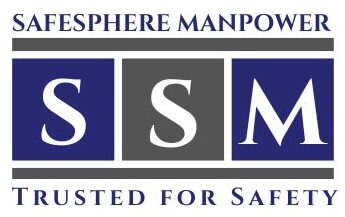
Security Management at Events
Access Control
Ticketing and Credential Checks
Verification of tickets or event passes at entry points.
Use of wristbands, badges, or RFID technology for easy identification of authorized attendees.
Entry and Exit Points Management
Monitoring and controlling the flow of people entering and exiting the venue.
Ensuring that only authorized personnel and attendees gain access.
2. Crowd Management
Queue Management
Organizing orderly queues to prevent overcrowding at entry points, restrooms, and concession stands.
Using barriers and signage to direct attendees.
Crowd Flow Monitoring
Monitoring crowd movement and density in real-time to prevent bottlenecks and potential hazards.
Deploying staff to manage crowd flow and intervene when necessary.
3. Surveillance and Monitoring
CCTV Surveillance
Installing CCTV cameras at strategic locations for continuous monitoring of the event.
Real-time video monitoring by security personnel to detect and respond to suspicious activities.
Drones and Aerial Surveillance
Utilizing drones to monitor large outdoor events from above, providing a broader view of the crowd and venue.
Enhancing situational awareness and incident response capabilities.
4. Emergency Response and Medical Services
First Aid Stations
Setting up designated first aid stations staffed with medical professionals.
Providing immediate medical assistance to attendees in case of injuries or health emergencies.
Emergency Evacuation Plans
Developing and communicating clear evacuation plans in case of emergencies such as fires, severe weather, or security threats.
Conducting drills and training staff on emergency procedures.
5. Perimeter Security
Fencing and Barriers
Erecting temporary fencing and barriers to secure the event perimeter and control access.
Using metal detectors and bag checks at entry points to prevent unauthorized items from entering the venue.
Security Patrols
Deploying security personnel to conduct regular patrols around the event perimeter and within the venue.
Using K-9 units for enhanced security and detection of prohibited substances.
6. VIP and Performer Protection
Personal Security Details
Providing dedicated security teams for VIPs, performers, and other high-profile individuals attending the event.
Ensuring safe and discreet transportation and escorting them to and from the venue.
Secure Areas
Designating secure areas or green rooms for VIPs and performers to relax and prepare away from the public.
Controlling access to these areas to ensure privacy and safety.
7. Incident Management
Incident Reporting Systems
Implementing systems for reporting and documenting security incidents, such as fights, thefts, or suspicious activities.
Ensuring quick response and resolution of reported incidents.
Communication and Coordination
Establishing clear communication channels among security personnel, event staff, and emergency services.
Using radios, mobile apps, or other communication tools for efficient coordination during the event.
8. Technology Integration
RFID and Smart Badges
Using RFID technology for efficient access control and attendee tracking.
Enhancing the security of transactions and interactions within the event.
Mobile Security Apps
Providing attendees with mobile apps for reporting issues, accessing event information, and receiving emergency alerts.
Integrating with the event’s overall security system for real-time updates and monitoring.
9. Risk Assessment and Contingency Planning
Pre-Event Risk Assessment
Conducting thorough risk assessments to identify potential security threats and vulnerabilities.
Developing strategies to mitigate identified risks.
Contingency Planning
Creating contingency plans for various scenarios, including natural disasters, power outages, or security breaches.
Training staff on contingency procedures to ensure preparedness.
